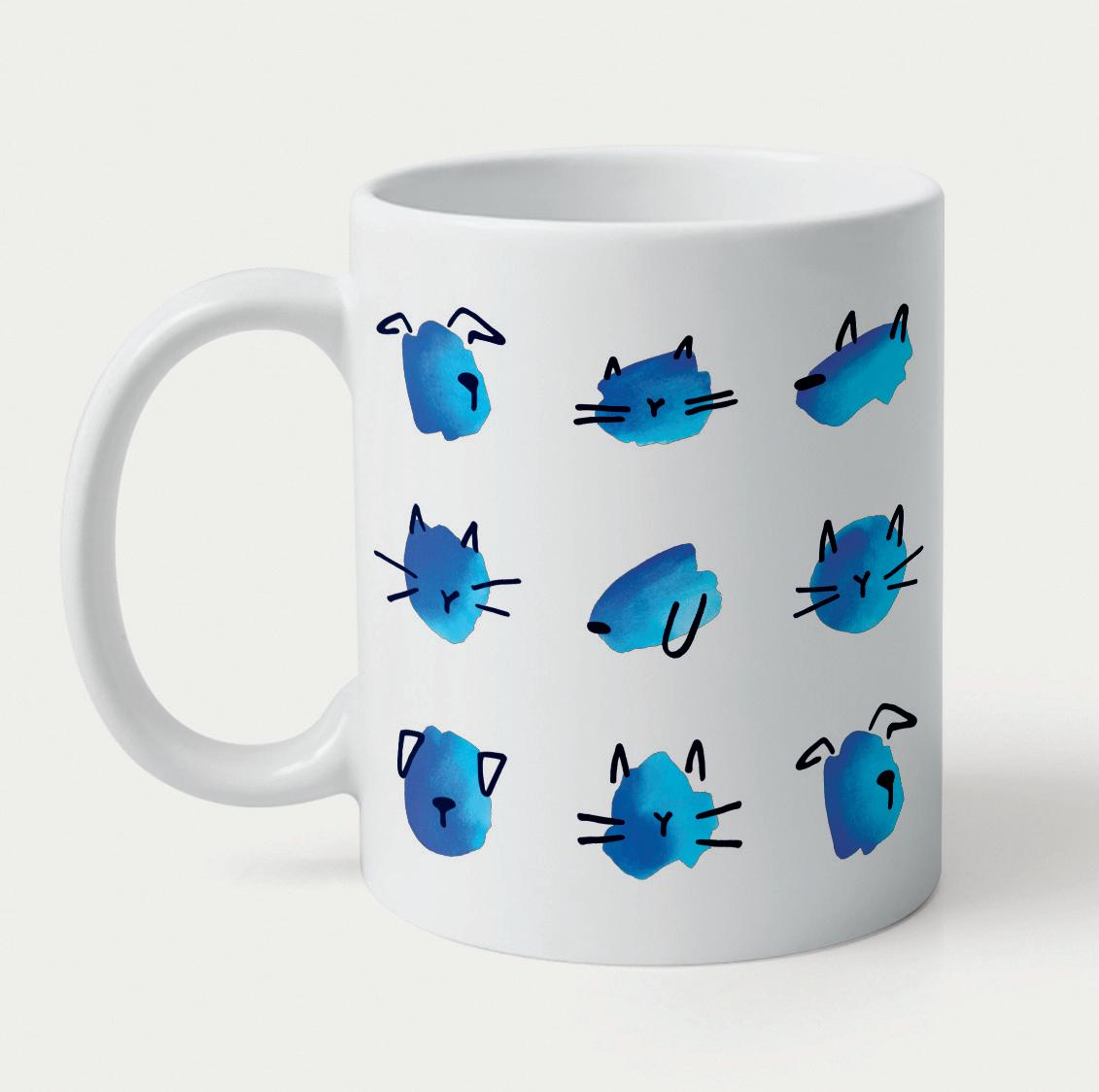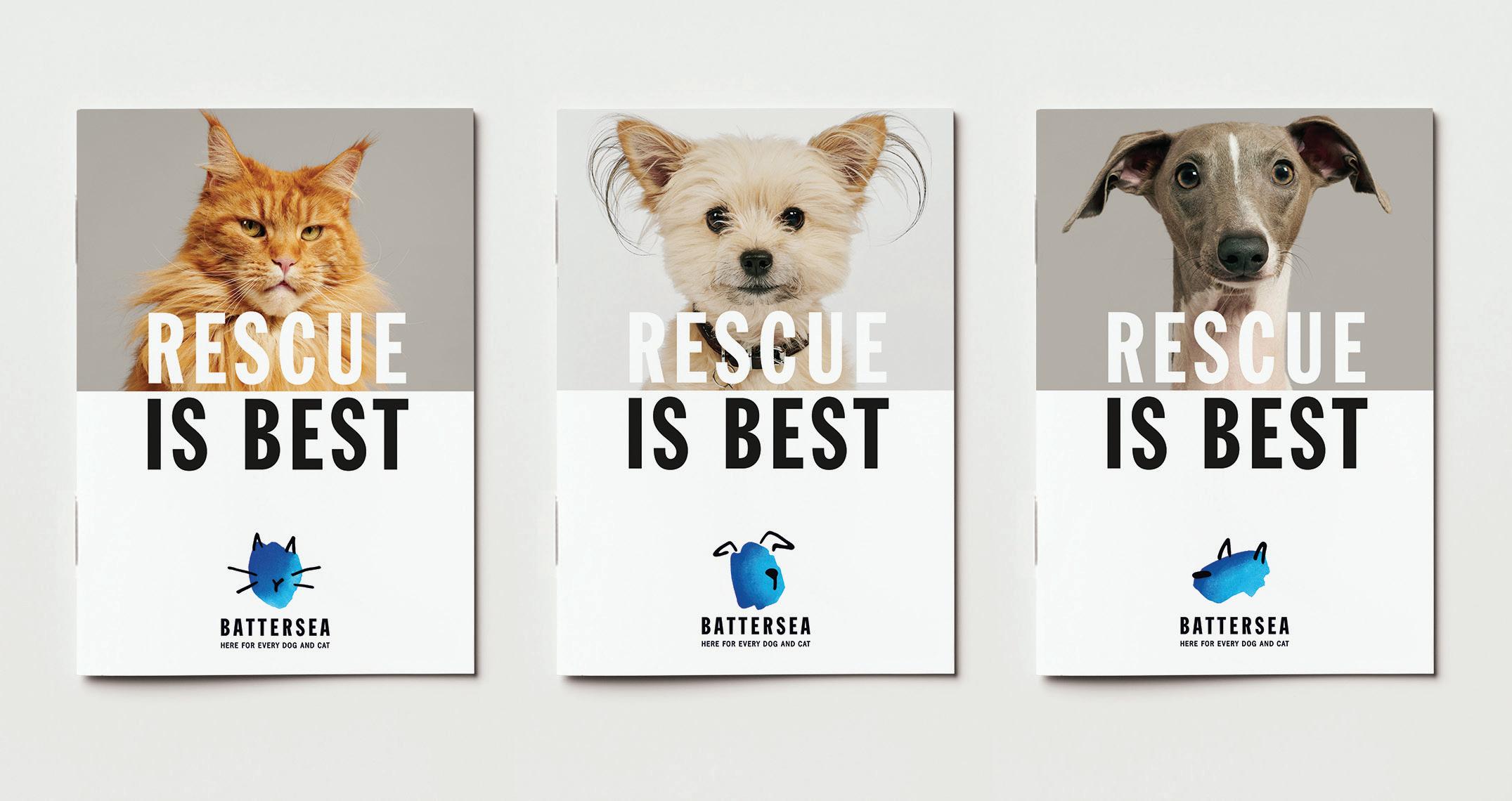First of all
PART I: Brief introduction to the subject of visual identities
1.1 Visual identities
1.2 History
1.2.1 Past
1.2.2 Recent Past
1.2.3 Present
1.2.4 Future
1.3 Dynamic Identities
1.3.1 Characteristics of dynamic identities
1.3.2 Generative graphic design meets the brand identity
PART II: Classification system
2.1 Shape
2.2 Variants
2.3 Variables
2.4
PART III: Analysis
3.1 Poetry on the Road Esono – one/one – Syntop
3.2 Brooklyn Museum 2x4
3.3 Lesley Moore Lesley Moore
3.4 Evolving Logo Michael Schmitz
3.5 Casa da Música Sagmeister Inc.
3.6 IVA Make®
3.7 MIT Media Lab TheGreenEyl
3.8 Visit Nordkyn Neue Design Studio
3.9 Actelion Imagery Wizard onformative – Interbrand
3.10 Nikolaj Kunsthal IDna Group
3.11 OCAD University Bruce Mau Design
3.12 Móra Publishing House Made By Zwoelf
3.13 Odoo Project Hidden Characters
3.14 Visit Israel OPEN
3.15 Bologna City Branding Bartoli – Pastore – ChannelWeb
3.16 Djantoli Landor & Fitch
3.17 My Tech Campus Edhv
3.18 EPFL Alumni Association Enigma
3.19 Muza Cappelli Identity Design
3.20 RUFA Cappelli Identity Design
3.21 Zocdoc Wolff Olins
3.22 Oylo Mucho – Edu Prats – Trizz
3.23 Battersea Pentagram
3.24 National Gallery Prague Studio Najbrt
3.25 Processing Community Day Andrea Veramonti
3.26 Cumulus Park Studio Dumbar
3.27 Getsafe DesignStudio


Design Agency: Pentagram Design (London Studio)
Client: Battersea Year: 2018
3.23 Battersea
Battersea is a London-based nonprofit charity that cares for all dogs and cats that arrive on its doorstep, providing them with shelter, care, and finding them new homes. “Pentagram worked closely with the charity to develop a brand strategy, tone of voice and visual identity that presents Battersea as both a compassionate caregiver and a leading authority in animal welfare, creating a brand that strikes a balance between warmth and expertise, putting the charity’s multi-faceted offering at the centre of its story” (Pentagram). Fully reflecting the spirit, expertise, and multi-facets of Battersea, the visual identity designed by Pentagram in 2018 could only be dynamic. Its core is a flexible mark made up of ten logos: a ‘family’ of dogs and cats has been designed consisting of ten different hand-drawn watercolor illustrations. The watercolor technique is intended to reveal the warm and charitable side of Battersea, balanced by a Franklin Gothic logotype which, instead, shows its authoritative side; the payoff “Here for every dog and cat” demonstrates both. “Retaining Battersea’s signature blue, the watercolours – made up of five dogs and five cats – are used in varying combinations, giving Battersea the flexibility to tell a rich and diverse story across all of its platforms” (Pentagram).
Links: https://www.pentagram.com/work/battersea/story https://www.battersea.org.uk/
3.23 Battersea
This case study is particularly interesting, as it was born with the idea of exploiting dynamism to further implementation in the future when visually designing public-facing programs or fundraising initiatives. Examples of that are “Muddy Dog”, a fundraising campaign with a strong communicative impact, and “Battersea Best Friend”, a membership program that aims to raise awareness of the need for people to take better care of their pets. On the Pentagram website, they are defined respectively as “A playful spin on the master identity” and “A playful extension of the master identity”. They are composed of a series of visual products with different graphic characteristics compared to the main identity, but with a strong reference to it. In both projects, in addition to Franklin Gothic, Battersea Paws, a handdrawn typeface created by Pentagram, is also used. It reflects the joyful spirit Battersea wishes to convey. In cases like this, only the main identity is analysed, as the graphic products of the programs or initiatives are subordinate to it.
Variable Defined Shapes
The core of the visual identity is the mark. It consists of the Battersea logotype and a total of ten ‘pet’ logos. They are five cats and five dogs, whose heads are represented by a blue watercolor stain, while their ears, muzzle, and whiskers by black strokes. Each stain and each stroke differs from one visual solution to another, creating a series of dynamic logos defined in the design phase.
Shape
The shape is changeable, the color is fixed, the typography is fixed. Each logo has a different shape, while the color, as well as the logotype (typography), is unchanging. Being made with the watercolor technique, the shades of blue are not perfectly identical in all visual solutions. However, this slight diversity is not considered as a variant.
SHAPE
VARIANTS
Designers involved:
Project team: Hamlet Auyeung, Ashley Johnson, Zuleika Sedgley, Stuart Gough, Kate Blewett, Cleber de Campos, Lizzie Reid, Ian Osborne, Megan Conery, Marta Gaspar, Jake Clewis, Marion Bisserier, Beatriz Camargo.
Collaborators: Hiromi Suzuki, illustrator; Patrick Giasson, typographer; Jess Bonham, photographer; Liz Seabrook, photographer; Theron Humphrey, photographer.
DESIGN TECHNIQUES
Subjective
The variant of the shape does not depend on any objective variable. The different visual representations of dogs and cats were designed based on the creative impulse of Pentagram’s designers.
Ordinary
The logos are made through ordinary techniques. No code has been written for the generation of variants of the mark.
USER’S ROLE
Credits:
VARIABLES TIME
No Role
The user is the recipient of the message conveyed by the graphic products; users have no role in the choice or design of the different logos.
Priorly Released Solutions
The ten logos were created and released in conjunction with the launch of the identity. No further visual variations are planned to be released. Campaigns or programs launched subsequently, such as Muddy Dog and Battersea Best Friend, do not add variants to the logo but are considered secondary graphic products compared to those that make up the core of the visual identity.





“Since 2014, I have been conducting research into dynamic visual identities, with the intention of writing a book that could bring order to this poorly developed subject, especially with regard to the aspect of cataloguing, which in literature has been too often reduced to a simple subdivision. In this illustrated essay you will find a reverse approach to the study of dynamic identities, which renovates those adopted so far and which resulted in the definition of a real classification system. Complementary to this, a method of analysis of dynamic identities is proposed, allowing both a precise cataloguing and the discovery of the fundamental aspects of the visual projects of dynamic identities. My aim is not to propose a roundup of the most recent projects, as is mainly the case in literature. Consequently, in addition to more recent case studies, I have deliberately chosen to analyse older projects that are already known to practitioners, so that the content of the book can be better understood. To that extent, graphic studios, designers or companies have been involved in order to enhance the analysis process, and provided their project’s images.” Sergio Corini
“Since 2014, I have been conducting research into dynamic visual identities, with the intention of writing a book that could bring order to this poorly developed subject, especially with regard to the aspect of cataloguing, which in literature has been too often reduced to a simple subdivision.
reverse approach to the study of dynamic identities, which renovates those adopted a real Complementary to this, a method of analysis of dynamic identities is proposed, allowing both a precise cataloguing and the discovery of the fundamental aspects of the visual projects of dynamic identities. My aim is not to propose a roundup of the most recent projects, as is mainly the case in literature. Consequently, in addition to more recent case studies, I have deliberately chosen to analyse older projects that are already known to practitioners, so that the content of the book can be better understood. To that extent, graphic studios, designers or companies have been involved in order to enhance the analysis process, and provided their project’s images.” Sergio Corini

